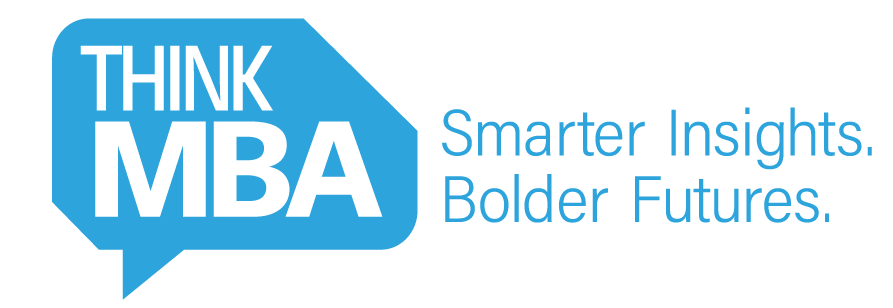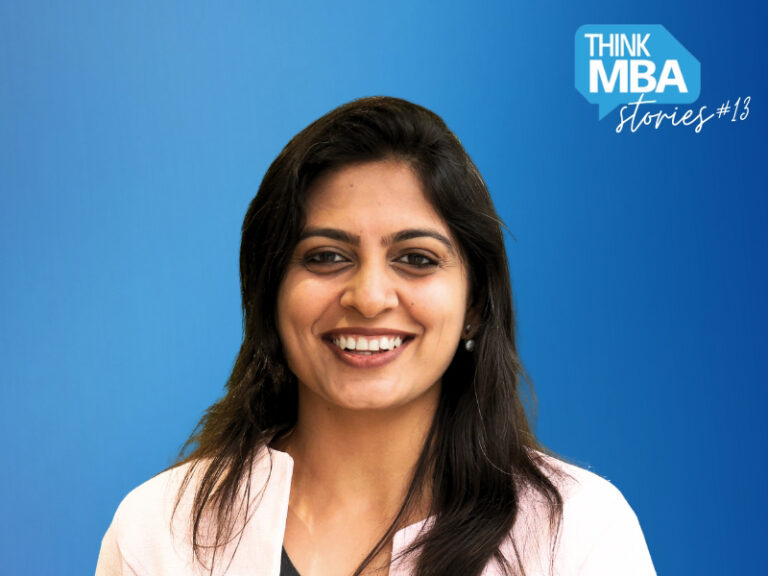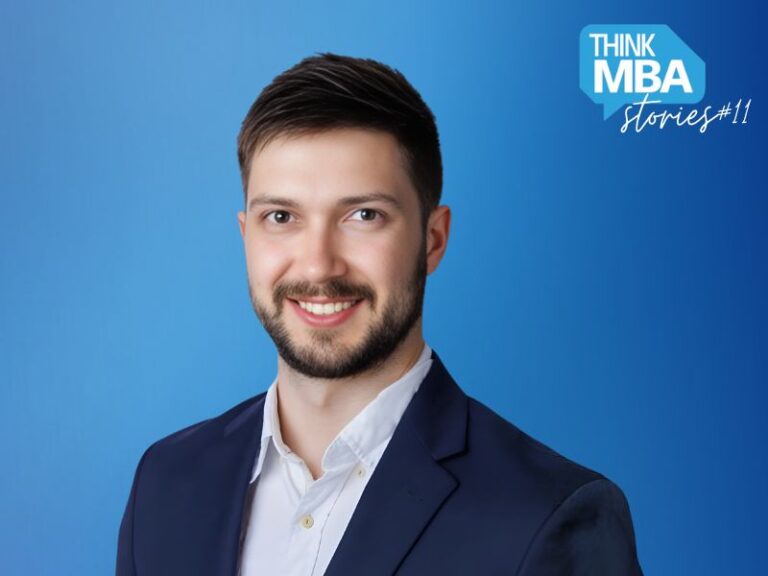Contact Us
[email protected]
Utkars Jain: From PhD to CEO – With a Stop at Wharton
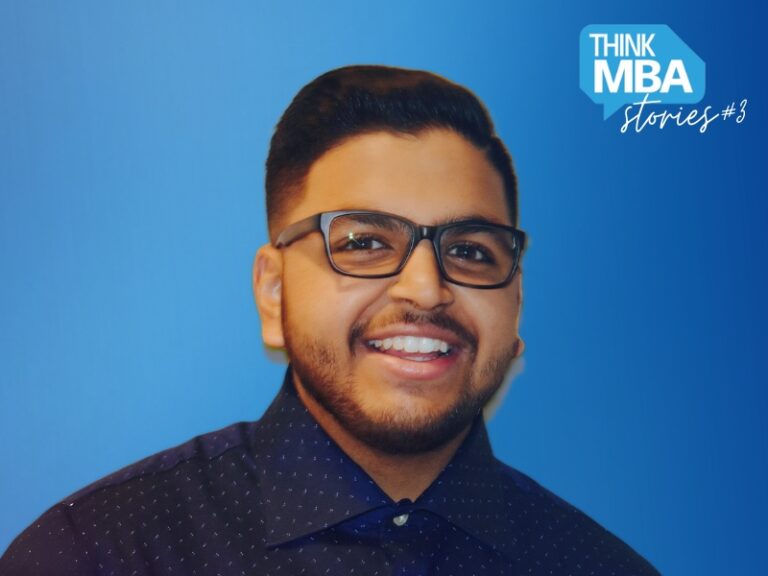
Editor’s Note: At ThinkMBA, we believe that every MBA journey is more than a bullet point on a resume. It’s a crossroads of ambition, reinvention, and personal mission.
In this Real Stories series, we spotlight Utkars Jain—a bioengineering PhD student turned startup CEO—whose story reminds us that great leadership is not just about credentials, but about courage. With a deeply personal motivation driving HEARTio’s mission to prevent diagnostic mistakes in cardiovascular care, Utkars made a bold decision to leave academia and steer his company through the complexities of funding, FDA clearance, and go-to-market strategy.
But even as a founder, Utkars recognized the need to grow—and that’s what led him to Wharton’s Executive MBA program.
His reflections cut through the hype and speak to the heart of what an MBA can truly offer: not just knowledge, but transformation. If you’ve ever wondered whether an MBA can help you evolve into the kind of leader your mission demands, Utkars’ story might just be the case study you need.
“I never got a chance to meet my paternal grandfather because he actually passed away early from a chest pain misdiagnosis before I was even born,” Jain says. “They believed he was having a heart attack. He actually had a stomach ulcer that presented as chest pain, and they gave him blood thinners. Unfortunately, that cost him his life.”
That crystallized the mission that drives him as a founder and CEO.
“What I really wanted to do was help people in that similar circumstance so they could meet their future grandchildren,” he says.
Today, he’s doing just that – while also pursuing an Executive MBA at Wharton.
Startup Beginnings
HEARTio officially incorporated in 2018. “We were full-time PhD students,” he says. Jain studied applied mathematics and neuroscience at the University of Pittsburgh, where he also met one of his co-founders, Michael Leasure.
Jain made the leap to full-time startup life after taking a leave of absence from his PhD.
He and the team raised around $2 million in pre-seed funding to begin the regulatory journey. “We raised around two million dollars in our pre-seed in order to understand what the FDA wanted from us in order to get clearance in the United States,” he says.
That strategy was deliberate. “If you get clearance in the United States, it makes it a lot easier to get approval and clearance throughout the rest of the world as well. They gave us three studies that we needed to run. We now have two out of those three studies completed, and now we’re raising money for the third study,” Jain explains.
Why an MBA?
Jain’s academic background is deeply technical – math, neuroscience, bioengineering, and machine learning – but as HEARTio moved closer to commercialization, he realized he needed to grow into a new role. “Developing the technology, doing some studies, getting that validated – that is a different skill set than raising money, going to market, and building a business,” he says.
“The worst thing I could do is be a liability for the company,” he adds.
That’s where Wharton came in.
“I applied to the MBA programs I applied to to make sure that I was thinking about it correctly,” Jain says. “And perhaps Wharton saw my potential the same way that I saw my potential.”
Inside the WEMBA Experience
Jain is currently in his first year of Wharton’s Executive MBA program – also known as WEMBA.
The program appealed to him both for its reputation and for its format. “I was definitely looking for a program that could fit into being a CEO,” he says.
“I can’t be in classes during the day. Not every MBA program has an executive program or a part-time offering or a hybrid offering. Wharton had the most brand recognition. It had the reputation for being rigorous and quantitative.”
That rigor is front-loaded. “They front-loaded the program with a lot of quant material – accounting, economics, finance, stats, macroeconomics – all that you have to go through in the core,” he says.
While the quantitative coursework has been manageable for Jain, other areas have challenged him. “I’ve never taken a communications class. And writing essays is not my strong suit,” he says.
He emphasized that everyone in the program is juggling big responsibilities. “We have surgeons. We have Navy SEALs. We have people that have sold companies before. A lot of people have families, they have children. And so they have to balance all of that.”
Balancing Act: Startup + School
Fitting school into an already demanding schedule isn’t easy – especially when exams collide with real life. “I just came back from a vacation and, actually right after I got back, I had to do a microeconomics exam,” he says. “When you’re on vacation, you don’t want to be worrying about studying economics.”
But to Jain, it’s doable. “We have cardiothoracic surgeons and other physicians who work really crazy hours who are able to take the exams and all that,” he says. “So if they can do it, then anyone thinking about it can definitely do it too.”
That sense of shared sacrifice has helped foster a strong sense of community. “You get really close with your cohort and your learning teams,” Jain says. “When I’m on campus, I am on campus. I want to hang out, maybe take a meeting or two for the company, but the priority is to do the program. It’s to interact with people. It’s to learn from people. It’s to grow as an individual.”
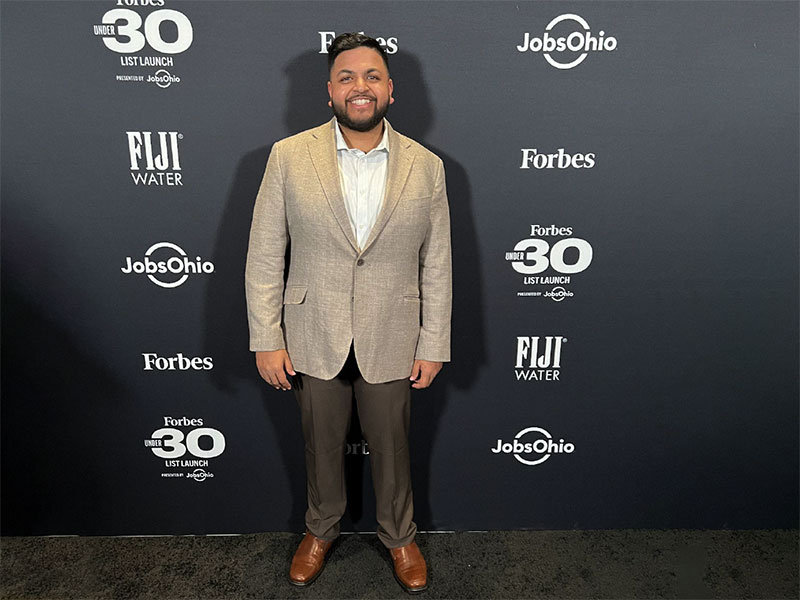
Is the MBA Worth It?
For Jain, the answer is clear.
“Generally speaking, the financial return of an MBA – especially from really amazing institutions like Wharton – is a definite yes, just from the ROI perspective,” he says. “In my case, it’s a little bit different because I’m using it to upskill myself and access the network.”
Even within the first few months, he’s seen the value.
“I’ve improved my communication skills. I’ve learned so much from my peers. I’ve gained access to this amazing network and all these amazing professors who I can bounce ideas off of for my company.”
And he’s honest about how Executive MBA students approach the workload. “We’re all trying to maximize the output we get from the program for the most minimal amount of work,” he laughs. “We all have full-time jobs.”
What Comes Next
Looking ahead two to three years, Jain has a clear vision: “In my dreams, we are commercializing the technology. We’re working on growing our product portfolio to more than just the initial product. We are generating revenue, we’re generating profit. We’re becoming a force to be dealt with in the cardiovascular diagnostic space.”
And the broader goal remains unchanged. “We’re trending towards changing the world and creating a world where heart attacks and strokes and all these different things don’t have to just happen out of nowhere,” Jain says. “We can track your level of disease and we can intervene when things get too risky.”

